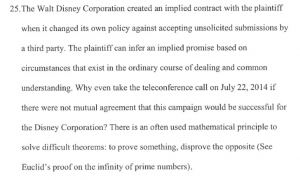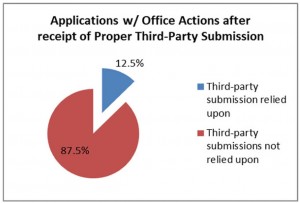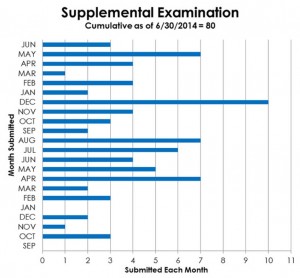In Shukh v. Seagate Technology, LLC, [2014-1406] (Fed. Cir. 2015), the Federal Circuit reversed summary judgment against Shukh claim to be named as a co-inventor for defendants, holding that Shukh’s reputational interest in being named an inventor gave him standing to challenge inventorship under 35 USC 256.
Shukh’s first argument was that Filmtec Corp. v, Allied-Signal, Inc., should be reversed. Under Filmtec, Dr. Shukh’s assignment in the Employment Agreement of his ownership
and financial interests in his inventions conveyed legal in his inventions to Seagate, depriving him of standing to contest inventorship of the patent. The Federal Circuit observed that as a panel, it could not overrule that holding without en banc action — hardly a ringing endorsement of the immediate assignment doctrine of Filmtec.
While Filmtec has inspired us all to use the language “agree to assign, and hereby do assign.” Perhaps we should do more. An express statement that rights in any inventions vest immediately upon creation with the employer might provide some rights to the employer. The employer might also incorporate assignment language in its invention disclosure statement:
I agree that all rights in the inventions disclosed herein belonged to the EMPLOYER from the moment they were created, and agree to assign, and hereby do assign any rights I may have in them to EMPLOYER,and authorize EMPLOYER to file a patent application thereon. I further grant the the Chief Technology Officer of EMPLOYER a durable, irrevocable power of attorney to declarations, oaths, and other patent application papers, including assignments to EMPLOYER, if I am unable or unwilling to do so.
However, the Federal Circuit concluded that “concrete and particularized reputational
injury can give rise to Article III standing” to challenge inventorship of a patent, noting that “being considered an inventor of important subject matter is a mark of success in one’s field, comparable to being an author of an important scientific paper.”






